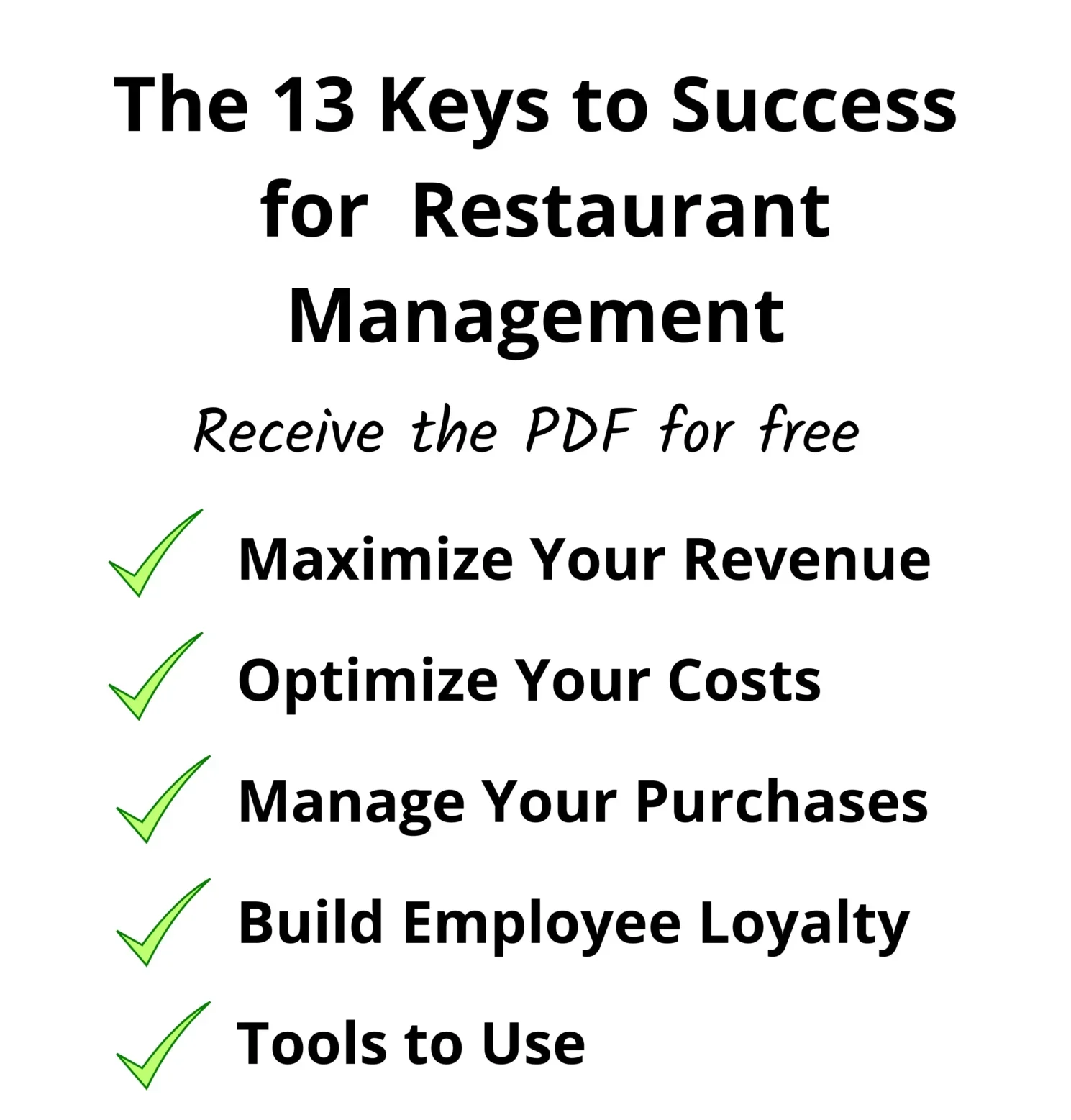
QR codes in the restaurant industry existed before the health crisis but have significantly become more popular since then. What do they imply for our industry? What ease or complexity do they bring? That’s what we are going to explore today.
They are now used in our bars, cafes, and restaurants to discover the menu, place orders, pay the bill, and even tip the staff. They can also be used to engage customers in contests and giveaways. Having the menu on a QR code allows for great flexibility in modifying the available products and prices, especially during times of high volatility in raw material prices that we are experiencing.
Its implementation also represents significant potential savings (not to mention the ecological aspect) for establishments that make regular changes. Indeed, it eliminates the need to print new menus every time there is a change, reducing the use of printers, paper, and ink. It also eliminates the need to redo menu holders every time the menu is updated.
For some establishments, the necessary skills for implementing QR codes already exist within the company. However, for others, it may be more complex. It is possible to engage a specialized company to set up a QR code menu, but this can come with a considerable cost, depending on whether it involves setting up an entire website or simply hosting a single PDF file. Some suppliers, such as Métro, offer this type of service in addition to their usual products. Depending on the complexity of implementing and updating such a system, as well as its cost, it may be more or less advisable to invest in it.
When it comes to table ordering, new companies have entered this market in recent years. Their solution is simple: the customer scans the QR code, selects their table number, places an order, and pays. These companies emphasize the ease of service, a faster customer experience (leading to better table turnover), and a higher average ticket, particularly due to upselling.
However, this technological aspect can lead to the loss of a crucial element in our industry, which is human interaction. It should also be noted that it may result in a decline in skills among the serving staff, as a significant part of their sales role may be diminished.
QR codes in the restaurant industry are new service technologies that need to be adapted based on the specific characteristics of an establishment: the type of service, the number of seats, the employed staff, and most importantly, the type of clientele it serves. Some customers may not be comfortable using smartphones and still prefer physical menus.
Replacing the menu with a QR code can be a great advantage for a traditional restaurant that has a seasonal menu and occasional changes to make. However, it may be less suitable for a bistro that works with a chalkboard menu or a fine dining restaurant where customers expect a beautifully crafted menu in hand.
What is certain is that the health crisis has led to a profound transformation in the industry, with a stronger reliance on available technologies such as QR codes, as well as a greater reliance on market players such as delivery platforms.
Q: What are QR codes used for in the restaurant industry?
A: QR codes are used in bars, cafes, and restaurants for various purposes such as accessing the menu, placing orders, making payments, tipping the staff, and even participating in contests.
Q: How do QR codes benefit the restaurant industry?
A: QR codes offer potential cost savings and environmental benefits by reducing the need for printing new menus with every change. They provide flexibility in modifying products and prices, particularly during times of volatile raw material prices. However, they may reduce the personal interaction and sales role of the serving staff.
Q: When should QR codes be used in restaurants?
A: The use of QR codes should be adapted based on the specific characteristics of the establishment, including the type of service, seating capacity, employed staff, and customer preferences. While they can be advantageous for traditional restaurants with seasonal menus and occasional changes, they may be less suitable for establishments with chalkboard menus or fine dining restaurants where customers expect physical menus.
Q: Are there any drawbacks to using QR codes in restaurants?
A: While QR codes offer convenience and efficiency, they may diminish the personal interaction and customer experience that is valued in the restaurant industry. Additionally, establishments should consider the comfort level of their clientele with smartphone usage and the potential need for physical menus in certain cases.
Everything you need to optimize your margins. Articles, tools, training, and much more. Sign up for the newsletter to receive all the latest Resto Clover news.






Your email address